In the past, children were born at home with a midwife assisting. This was an occasion when the female members of the family actively participated. They helped the midwife by encouraging the new mother to “bite on a hanky,” to stop her screaming by telling her “saʽidi waladik” (help your child), to a certain extent meaning the equivalent of “push.” They also made coffee, tea, zuhuraat and yansoon drinks for the visitors who flocked in to participate or just satisfy their curiosity.
As soon as the child was born, the midwife completed her professional duties by informing the father and menfolk of the successful birth and the sex of the child. This was an occasion to pay and tip the midwife. The size of the gratuity depended on the sex of the child and whether the family had desired a boy or girl.
After the midwife was gone, the new mother was dressed in a fancy silk bed jacket, and the baby was wrapped like a papoose in fancy swaddling clothes. The new father entered the room, and depending on his financial circumstances, he put a piece of jewelry on the mother’s pillow and one or more gold coins in the baby’s crib.
From the mother’s bedroom, the zalagheet would begin, which is a kind of joyful chant they did on feast days and other special occasions. It was led by the grandmother, until all the neighbors and family had joined in.
Then for 40 days, the mother stayed in bed, pampered and served, changing silk jackets as often as her husband’s wealth permitted. Neighbors, family and friends dropped in to congratulate the parents and to give unsolicited advice and gossip. During this time, the guests were treated to a dish called mughly, which was a mix of spices, powdered rice and sugar.
The mughly is followed by snaniyyi, which is served when the baby gets its first tooth. Snaniyyi is made from boiled wheat, sugar, sweet meats and brightly colored candy. It is piled high on a large tray with maward and mazahar [flowers and rosewater] sprinkled on top. It is beautiful to look at as well as to eat.
— Artist Helen Zughaib was born in Beirut. Her full original series “Stories My Father Told Me” has been featured in several exhibitions. Excerpted from the Saudi Aramco World. Also read: ‘What’s The Point In Planting Olive Trees?’ by the same author.

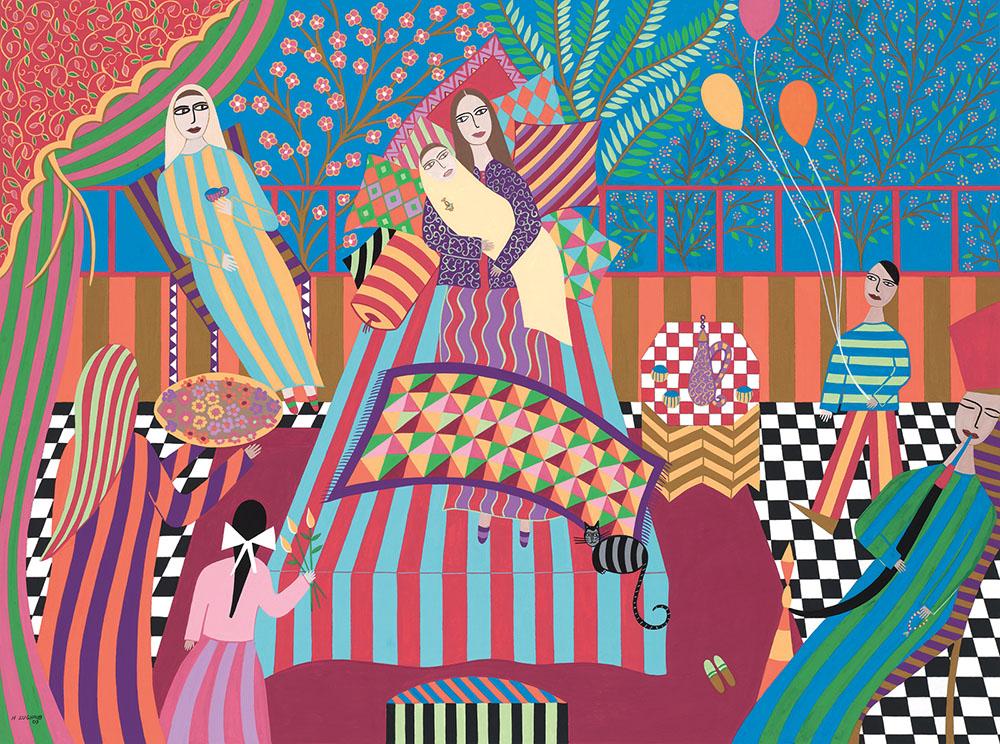
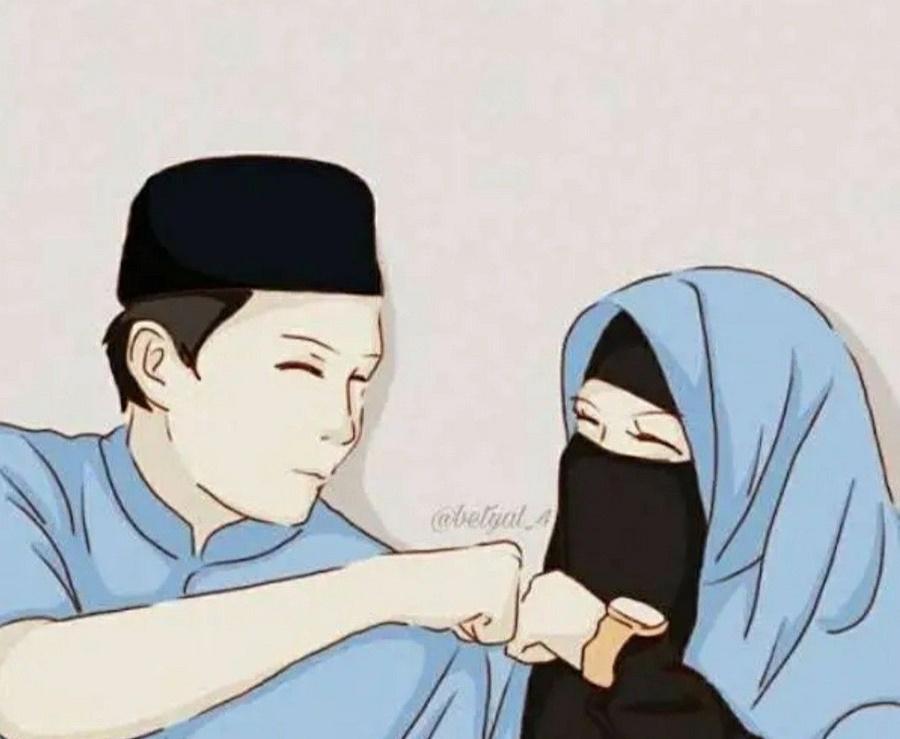
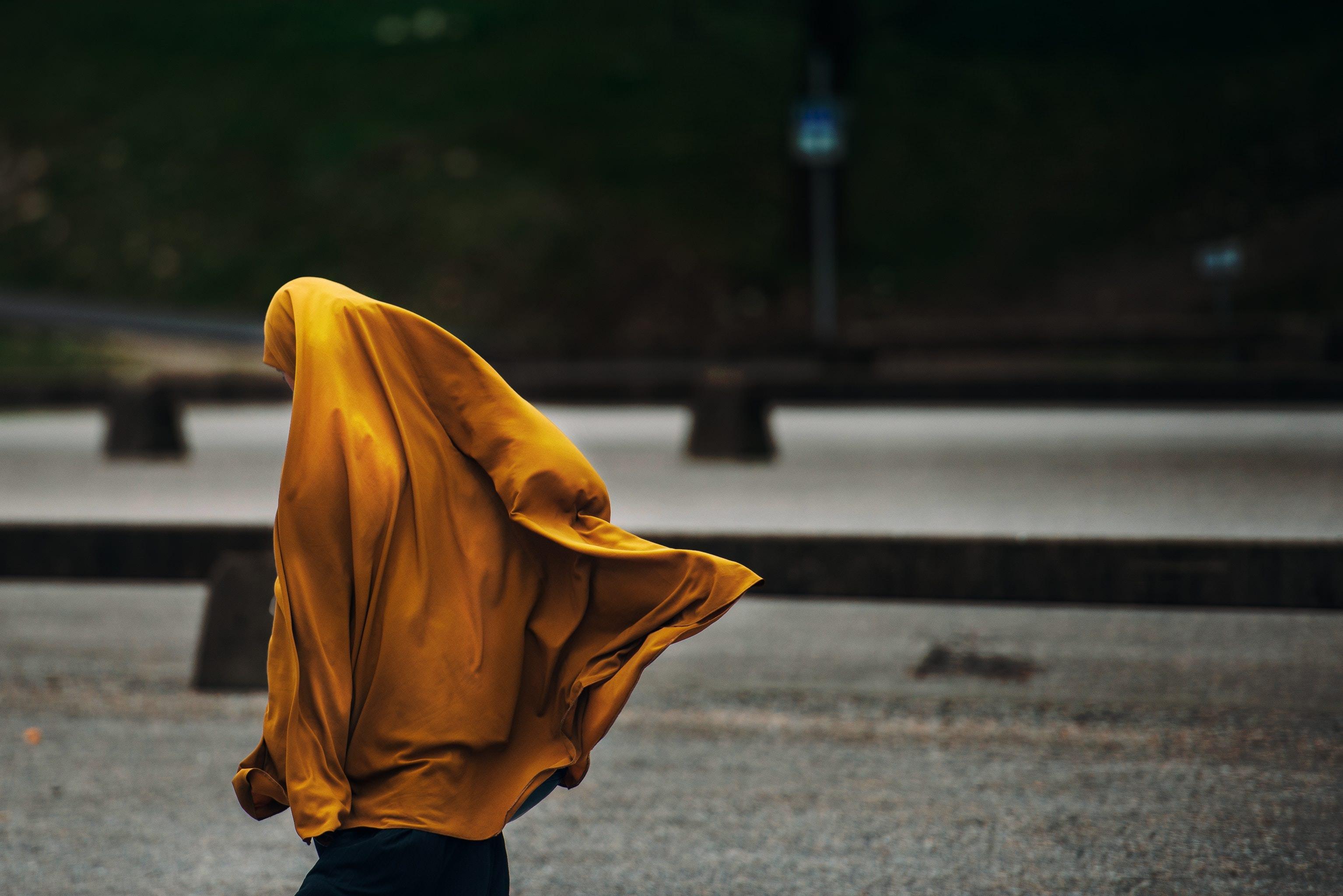
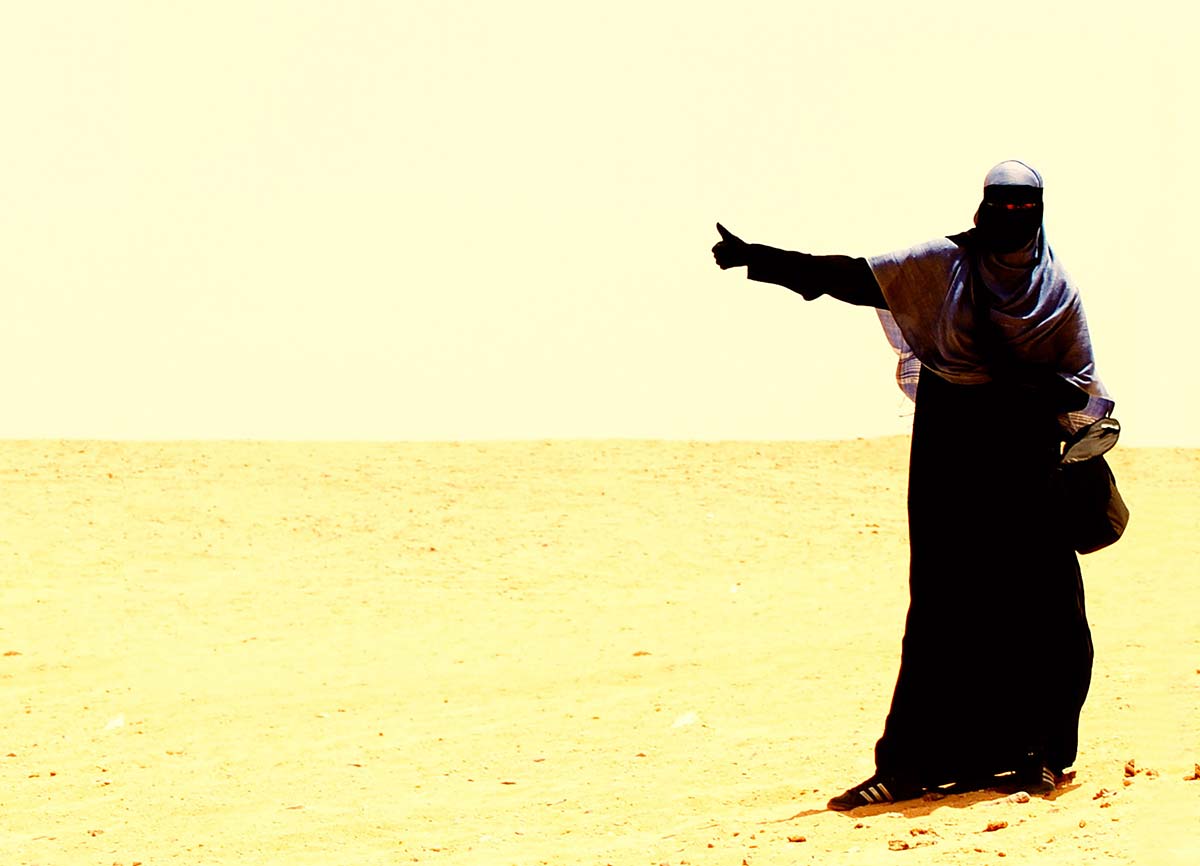
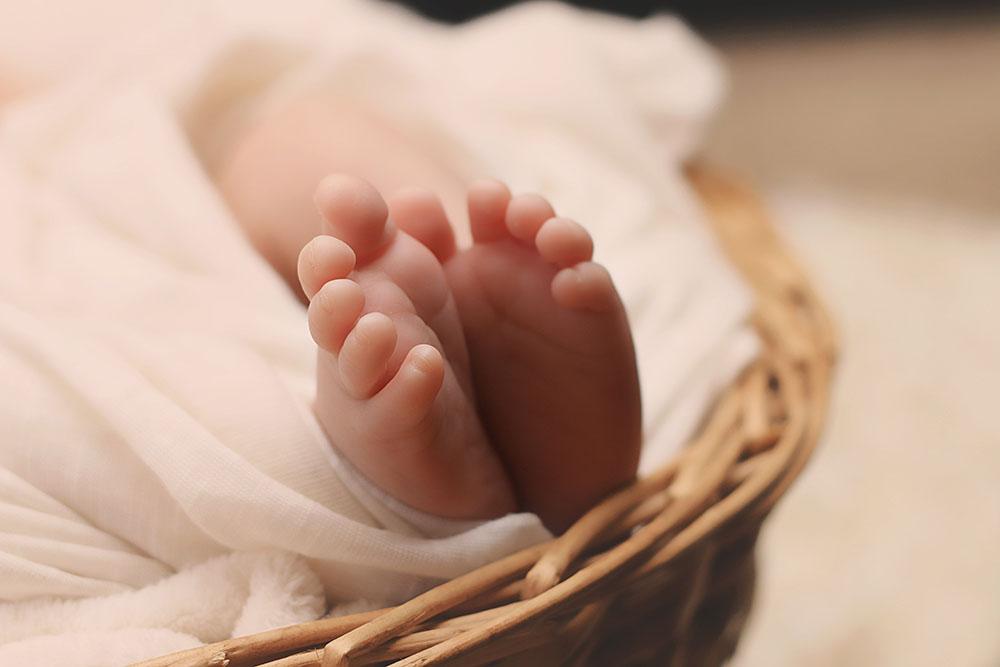
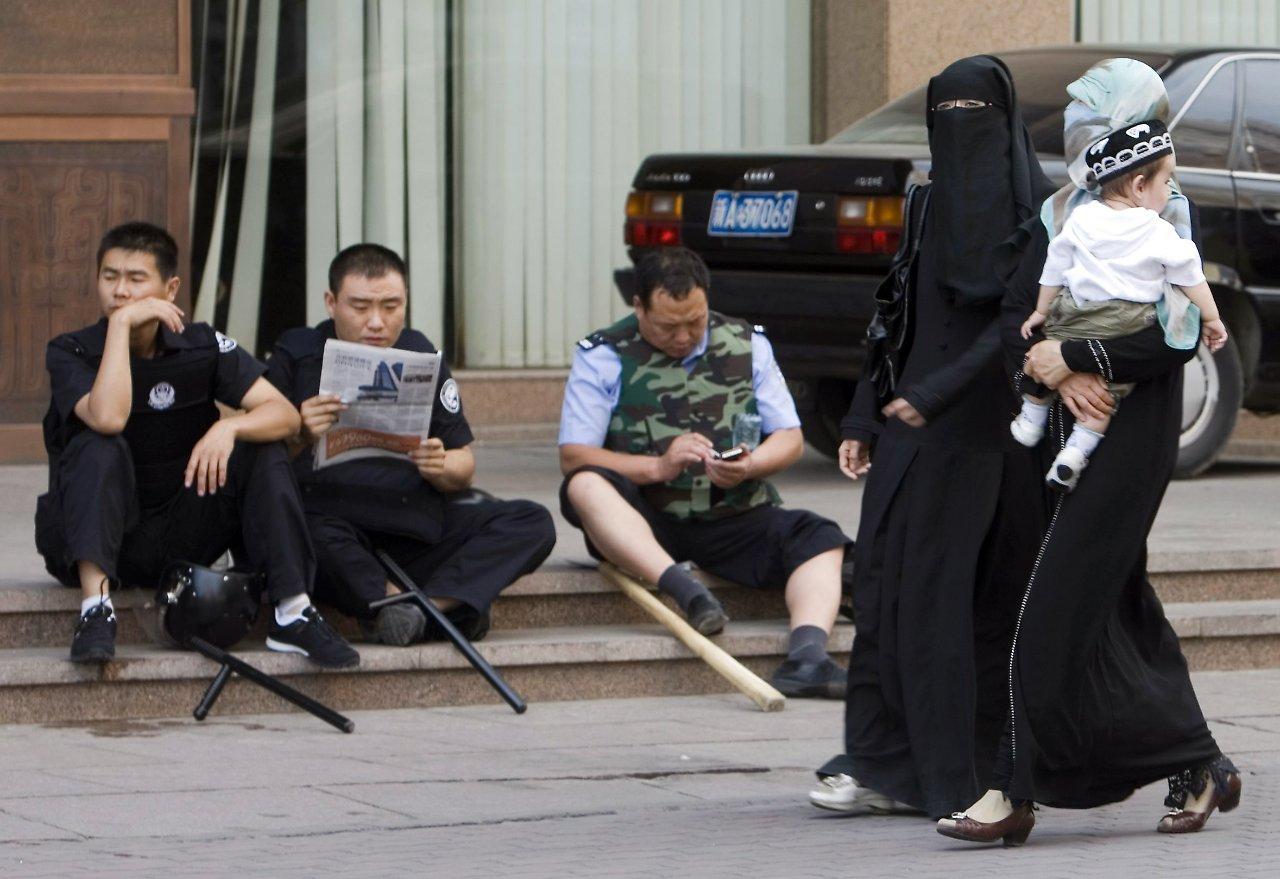
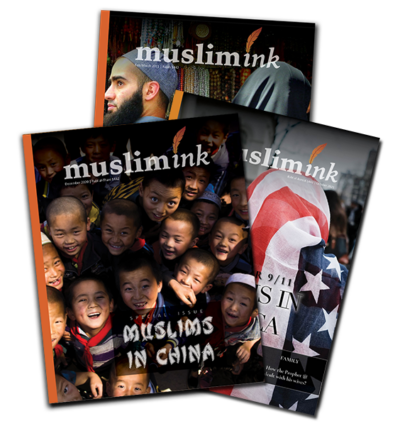
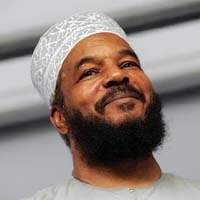 Dr. Bilal Philips
Dr. Bilal Philips